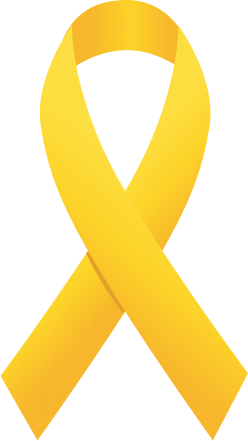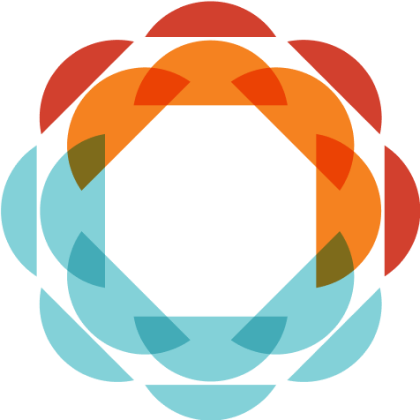
Six weeks after the Voice of the People council officially launched in Haifa, something deeper is starting to take root.
The initial energy of gathering, of introductions, shared meals, and mission statements, has evolved into something quieter but no less powerful: work. Real work. Messy, thoughtful, human work.
This month, we’re getting a small but meaningful look at how that work is progressing across the teams.
Not every team is at the same stage, and that’s not only expected, it’s essential. Some are still defining what their challenge actually is. Others are already splitting into subgroups, designing interview guides, or mapping stakeholders. The structure may differ, but a shared shift is emerging: from individual perspectives to collective inquiry.
Across the board, the questions are getting sharper, and more complex. Teams are learning how to listen not just to each other, but to the voices that exist outside their Zoom rooms: the communities they represent, the stories they’re hearing, and the assumptions they’re ready to challenge.
One group created three research pods, each exploring a distinct narrative connected to their challenge, from historical trends to current public perceptions. Another team prepared and distributed a stakeholder interview guide, assigning outreach roles across members.
Council teams are supported by a growing rhythm of collaboration. Some have developed rituals to stay connected and consistent, like rotating check-in questions or shared summary docs that keep everyone aligned between meetings.
Every meeting, a different member starts us off with a guiding question. It’s such a small thing, but it’s changed how we connect and reflect.
Daniel, Team 6 Fellow
We talked a lot about needing a framework for disagreement. If we can’t disagree well here, how can we expect to model that for anyone else?
Gali, Team 3 Fellow
In practical terms, this has meant some teams have developed collaborative knowledge hubs, created action trackers, or invited members to lead short knowledge shares to help frame their problem space. Fellows have also taken on behind-the-scenes roles, from turning meeting notes into team summaries to organizing shared folders filled with research, links, and insights.
There have been moments of high engagement and momentum, and others that slowed down. In some teams, key metaphors helped unlock shared direction. In others, participation dipped, prompting members to step in with direct outreach and renewed structure.
One of our council members came up with the metaphor of our work being like planting seeds, slow, sometimes invisible, but necessary.
Ben, Team 4 Fellow
It’s early, but the energy is real. We’re not here to just check a box. We’re building something that has weight.
Ariel, Team 2 Fellow
One group found itself debating whether the heart of their issue was a public narrative problem or a policy gap, sparking a side research initiative. Another created a plan to check in personally with members who hadn’t attended recent meetings.
As teams move deeper into their work, momentum is starting to build. Each group is now focused on refining its understanding of the challenge, conducting research, and beginning to map out possible directions for solutions.
The teams already had their second team meetings this past May 18, where they continued to work on their challenge solutions updates and prepare for their next major milestone: presenting initial ideas and direction at the November pitch.
The road ahead won’t be linear, but the foundation has been laid, and the work is underway.




By clicking “Accept All Cookies”, you agree to the storing of cookies on your device to enhance site navigation, analyze site usage, and assist in our marketing efforts.